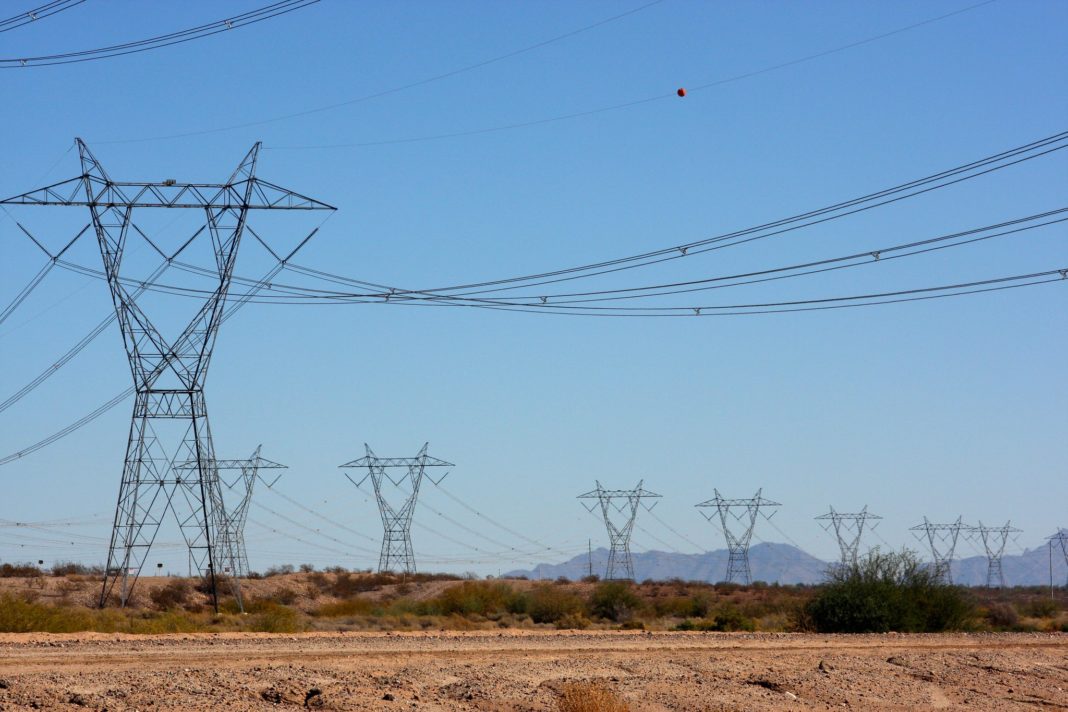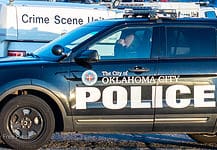Last Updated on February 16, 2021, 11:21 AM | Published: February 15, 2021
OKLAHOMA CITY — An Oklahoma Natural Gas representative warned in a news conference Monday that the gas service to Oklahoma City could be shut down if the system is not able to keep enough supply pressure coming to them.
(UPDATED: Tuesday, February 16, 11:15 a.m.)
In that event, it would not be like OG&E switching the power back on.
That would mean that each gas customer would have to wait for a representative of the company to come to their home or business to make sure pilot lights were coming back on correctly. He would not speculate on the length of time it would take to start gas service again for all of Oklahoma City at once.
Simultaneous outages?
It would be a scenario that would reach deeply into the lives and health of cityans, especially if – at the same time – OG&E has to start rolling blackouts. OG&E calls them “temporary service interruptions” and their supplier, the Southwest Power Pool calls them “controlled interruptions.”
After rolling blackouts in the day Monday, by 5:15 p.m. the threat of rolling blackouts by OG&E was diminished. But, (update) Tuesday, February 16 rolling blackouts were announced once again.
(Update) Creating confusion about controlled interruptions, the SPP updated their site at 10:56 a.m. Tuesday with this statement: “At 10:07 a.m. Central time, SPP has restored all load, meaning it now has enough generating capacity available to meet system-wide demand. It remains in an Energy Emergency Alert (EEA) Level 3, though, indicating we are still operating below required minimum reserves.”
(Update) EEA Level 3 alerts have meant controlled interruptions previously, so maintaining the Level 3 creates further confusion.
As rolling blackouts become necessary again and if ONG loses enough pressure to shut down gas flow to homes, what then?
Would hundreds of thousands in the City find themselves in a situation where even if they had a generator to work around a power drop they still would not be able to heat their homes if equipped to heat with gas?
In the news conference, representatives from both Oklahoma Natural Gas (ONG) and OG&E were vague in their answers as to whether they would coordinate the gas outages and power interruptions.
Rolling blackouts
Rolling blackouts are a way of keeping the entire electric grid from crashing under a power demand it is not designed to carry causing physical damage to equipment and plunging the entire grid into darkness at once.
The large supplier of energy to OG&E is the Southwest Power Pool (SPP).
Around 10 a.m. Monday (SPP) announced that the level of use in its system was exceeding its capability to deliver power and announced an Energy Emergency Alert, Level 3, which is rare.
But, at 5:14 p.m. later Monday, SPP announced that they were lowering the Energy Emergency Alert to Level 2 which would mean recipient companies would not have to use rolling blackouts after all.
(Update) However, by 6:15 a.m. Tuesday, the SPP announced a Level 3 alert again causing utilities in 14 states to begin rolling blackouts.
In the news conference Free Press asked Brian Alford with OG&E if there has been any prioritization of whether companies would be required to curb their consumption the most to reduce the number of blackouts for individuals like a grandmother.
“What we’ve actually done over the weekend is we’ve reached out to large industrial customers, and asked them to curtail their loads to the extent that they can,” said Alford. “We’ve seen a great response from our larger industrial customers. But, at the end of the day, [with] the situation across the regional grid, demand is still outpacing what is available.”
Gas outage?
Kent Shortridge, Managing Vice President of operations, answered a question from Free Press about what they were doing to avoid a complete system shutdown in the circumstances that he described at the top of the news conference.
“Like OG&E, we’ve been reaching out to our large industrial customers, getting them to go to what we call protection mode, just enough gas they need just to operate at a very bare minimum,” said Shortridge. “We are really encouraging them to go to that protection mode, then you’re really reaching out to people just try and do everything they can to reduce their energy needs.”
Feature photo credit: “Transmission” by Kevin Dooley published under Creative Commons license.
Founder, publisher, and editor of Oklahoma City Free Press. Brett continues to contribute reports and photography to this site as he runs the business.









